Meditation Hand Signs
Learn how meditation hand signs activate nerves, which stimulate cells linked to various organs.

Selfpause Affirmation App
Download the app to get 1,000’s of affirmation meditations and everything you need to write, record and listen to your own.
Prana mudra meditation hand signs are hands-on positions that increase the healing power of prana. These postures require preparation. Firstly, find a quiet place and close your eyes. You should also prepare your hands by rubbing them gently together. This will activate nerve endings and stimulate cells that are linked to various organs.
There are several types of mudras. Each mudra has different benefits. Some promote specific qualities and others are more universal. For instance, one mudra will activate a different energy channel in the body than another. You might need different mudras for different yoga positions.
Dhyana mudra
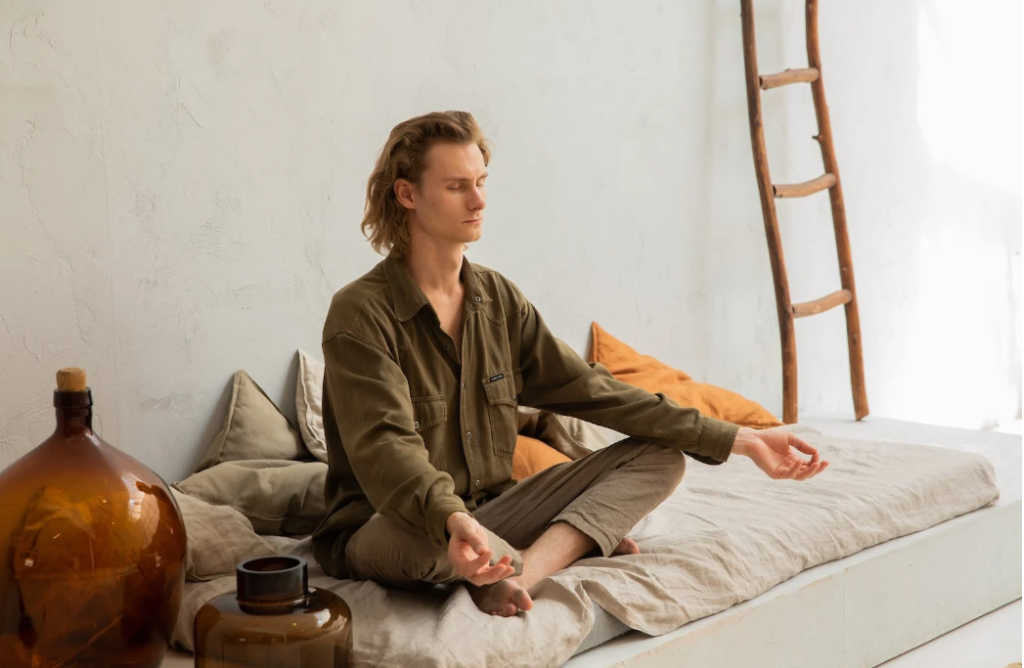
The Dhyana mudra is a hand sign used in meditation. The thumb represents universal or divine wisdom, while the index finger represents the individual soul. In some traditions, the thumb is placed over the index fingernail, symbolizing submission to the supreme being. It is also used to protect the hands from negative thoughts.
The Dhyana mudra is a very beneficial hand position that strengthens the nervous system. It increases alertness and improves communication. It also helps with concentration and intuition. It is also prescribed for people suffering from chronic tension, dizziness, and exhaustion. It purifies the mind and emotions.
Ganesha mudra
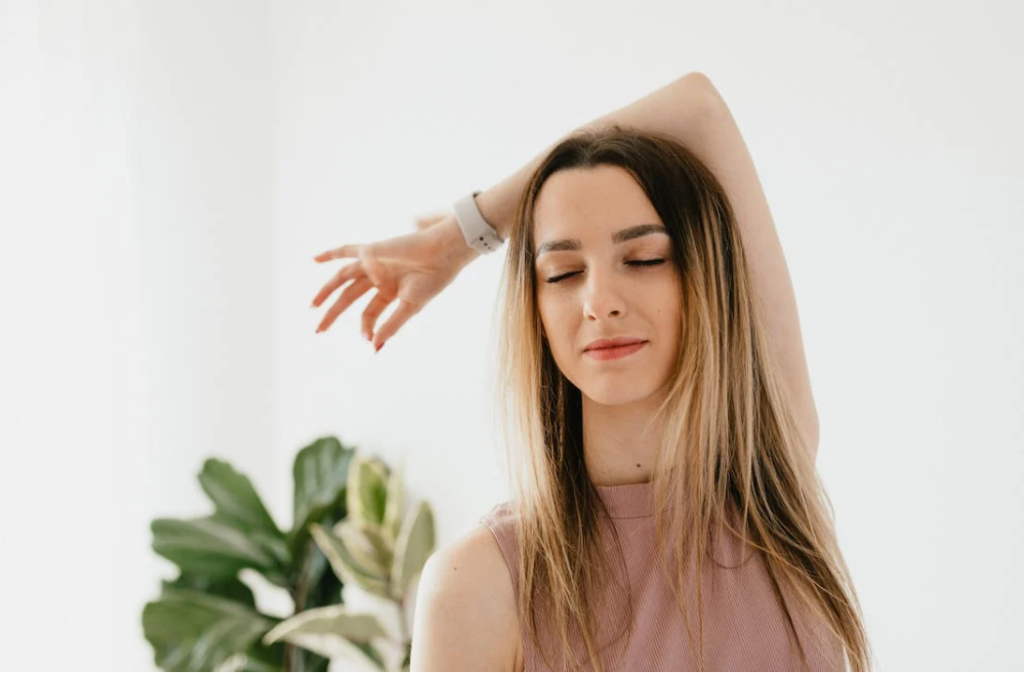
The Ganesha mudra is an ancient technique for meditation that involves rotating and sliding your hands. Your left hand should be placed in front of your chest, and the fingers of the right hand should be bent toward your chest. Then, hold the hands at the same level as your heart, bringing your fingertips together. Hold the hands in this position without releasing the grip, and exhale slowly through your nose. Repeat this exercise three times. You can also perform this Ganesha mudra every day, or as needed.
The Ganesha mudra has many benefits for meditation, especially for those who are a beginner. It helps build up your confidence, improves your posture, and releases pent-up tension. It also enhances your strength and helps you overcome fears and anxiety.
Gyan mudra
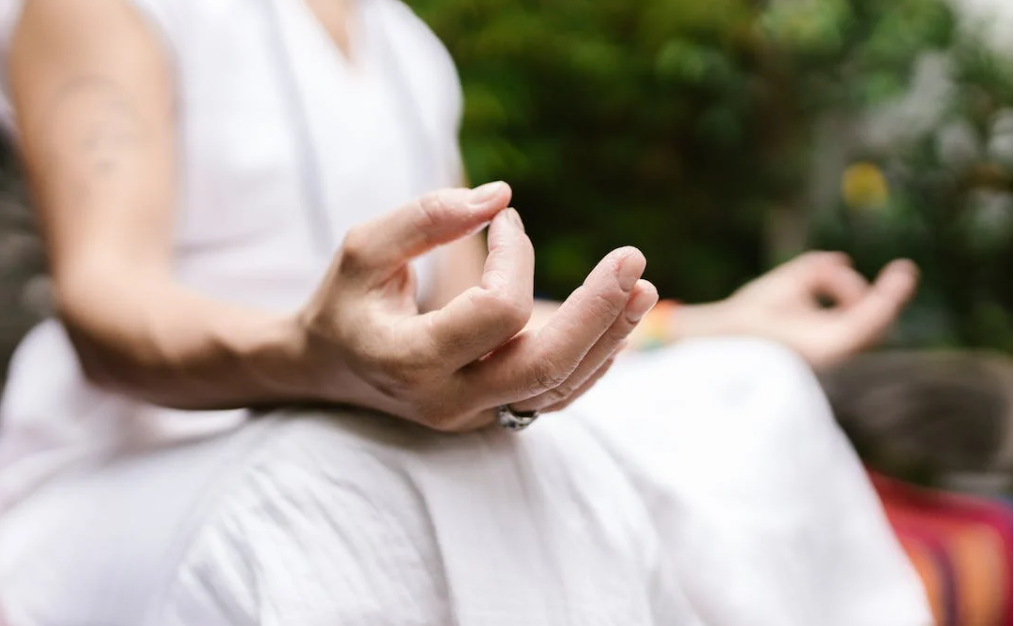
Although the use of Gyan mudra as meditation hand signs is widely accepted and praised in many circles, there are some precautions you should take before beginning. This gesture can cause problems for those who are ungrounded and can confuse the body’s energy levels. Try this technique in small doses, and you should find it perfectly safe to practice.
Gyan mudra is a hand gesture that connects the body to celestial wisdom. The back of the palms is placed on the knee, and the thumb and index finger are touched. The fingers are held parallel to one another, and the body is brought into an almost-meditation state. Try to practice the mudra for at least three minutes a day.
Mandala offering mudra
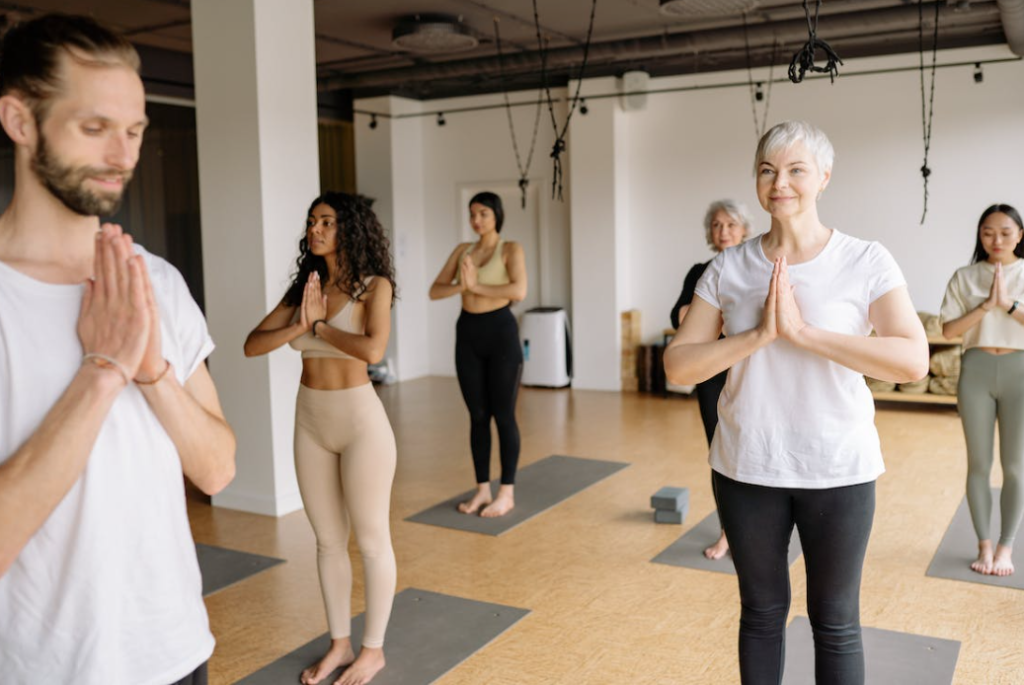
Mandala offering mudra focuses on cultivating richness of mind. It is a method of enhancing a person’s positive potential by cultivating qualities like generosity and a pure mind. The mandala offering mudra involves holding the mandala with the left and right hands. The mandala base is then wiped with the forearm clockwise or anticlockwise three times.
When performing mandala offering mudra, one visualizes numberless beings making the mandala offering. The number of atoms in a mandala determines how many beams of light are produced. As more mandalas are created, space fills up with them.
Rudra
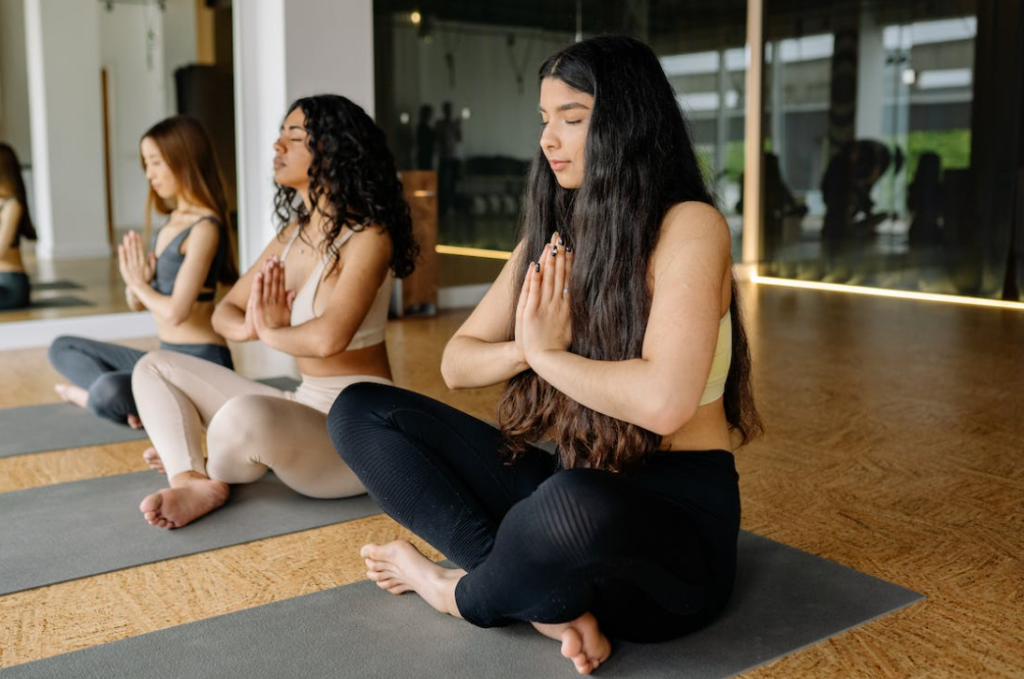
Rudra is a meditation hand sign that is commonly used in yoga and other forms of meditation. Practicing this sign will help you achieve a calm mind, relax, and increase your concentration. It can be performed in any time of day, but yoga teachers recommend practicing it first thing in the morning when you are fresh and have the most focus. It should be performed for at least 20 minutes per day, but you can try it as often as you like. During this time, you should wear comfortable clothing that doesn’t cause you any pain or discomfort. It is important to practice Rudra Mudra in a quiet location to avoid distractions and to ensure that you have the best experience.
The Rudra hand sign is performed by pressing the tips of the ring and pinky fingers against the thumb. This hand gesture strengthens the flow of energy to the brain, improving concentration, and clearing away obstacles. It is also said to increase one’s capacity for self-transformation.
Our Top FAQ's
There are many different hand signs or mudras used in meditation, and they vary across different spiritual traditions and cultures. Some common hand signs or mudras include:
-
Jnana mudra: This mudra is made by pressing the tips of the thumb and index finger together, while keeping the other fingers straight. It is often used to symbolize the union of wisdom and knowledge.
-
Anjali mudra: This mudra is made by pressing the palms of the hands together in front of the heart, with the fingers pointing upwards. It is often used as a gesture of respect or greeting in many spiritual traditions.
-
Chin mudra: This mudra is made by touching the tip of the thumb to the tip of the index finger, while keeping the other fingers extended. It is often used to symbolize the unity of the individual with the divine.
-
Dhyana mudra: This mudra is made by resting the palms of the hands on the knees or thighs, with the fingers extended and pointing downwards. It is often used to symbolize concentration and mindfulness.
Hand signs or mudras are believed to help focus the mind and enhance the meditation experience by providing a physical anchor for the mind to rest on. By focusing on the position and movement of the hands, practitioners can bring their attention inward and cultivate a sense of calm and clarity. Some people also find that hand signs or mudras can help them feel more connected to their spiritual practices or beliefs, which can deepen their meditation experience.
Hand signs or mudras can be used by anyone as a way to enhance their meditation practice, regardless of their spiritual tradition or beliefs. While they are often associated with certain spiritual traditions, such as Buddhism or Hinduism, they are not exclusive to these traditions and can be used by anyone who wishes to incorporate them into their meditation practice.
For beginners who are just starting to explore the use of hand signs or mudras in meditation, it may be helpful to start with some of the simpler mudras, such as the Jnana mudra or the Anjali mudra. These mudras are easy to learn and can be easily incorporated into most meditation practices. As you become more comfortable with these mudras, you can explore other, more complex hand signs or mudras if you wish.
Yes, hand signs or mudras can be used in combination with other meditation techniques, such as breath control or visualization. In fact, many meditation practices involve the use of multiple techniques in combination, including hand signs or mudras, breath control, and visualization. By using these techniques together, practitioners can create a more immersive and multi-dimensional meditation experience.
